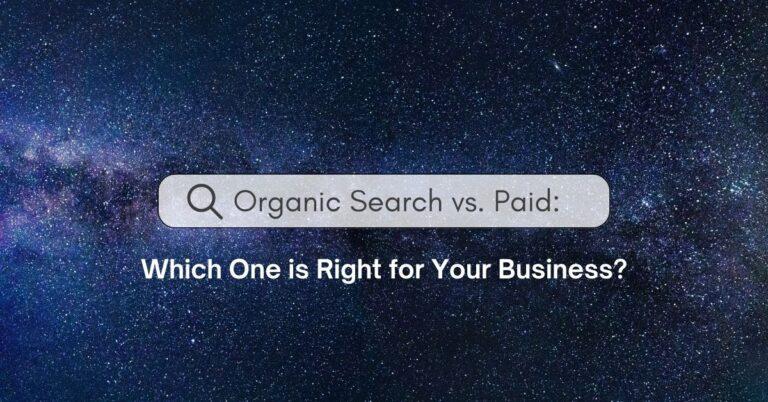The ever-evolving landscape of advertising demands that marketers stay ahead of the game. To ensure success, it is crucial to stay informed about emerging trends and technologies that will shape the advertising industry in the future. In this blog post, we will explore the various facets of tomorrow’s advertising landscape and provide insights into the future of advertising.
Data-driven Advertising
Data has become the backbone of modern advertising decisions. The power lies in its ability to reveal valuable insights and enable marketers to make informed choices. With the advent of artificial intelligence (AI), data analysis has become even more sophisticated.
By leveraging AI algorithms, marketers can analyze vast amounts of data quickly and accurately. This allows for precise consumer targeting and personalized advertising experiences. With the ability to understand consumer behavior, preferences, and purchasing patterns, advertisers can create highly effective and customized campaigns.
The Rise of Influencer Marketing
Influencer marketing has revolutionized the advertising industry, as consumers now place high value on authenticity and recommendations from trusted individuals. Brands collaborate with influential individuals or popular social media personas to reach their target audience more effectively.
Influencer marketing allows brands to tap into already established communities, increasing the chances of engagement and conversions. The measurement of influencer marketing effectiveness has also seen advancements, with tools that track engagement, reach, and return on investment.
Interactive and Immersive Advertisement
Traditionally, advertising has been a one-way communication channel. However, with advancements in technology, interactive and immersive advertising experiences have gained popularity.
Interactive ads engage audiences by allowing them to actively participate and interact with the content. This increases user engagement, brand recall, and the likelihood of conversions. Similarly, immersive advertisements leverage virtual and augmented reality to create unique and memorable experiences for consumers.
Creative ad campaigns that incorporate interactive and immersive elements have proven to be highly successful. They allow brands to stand out in a crowded advertising landscape and leave a lasting impression on consumers.
Voice Search and Smart Devices
The rise of voice-activated search through virtual assistants like Siri, Alexa, and Google Assistant has had a profound impact on how people search for information. This shift in consumer behavior necessitates a similar shift in advertising strategies.
Advertisers need to optimize their content for voice search and smart devices to ensure visibility in search results. This means adjusting SEO strategies to include long-tail conversational keywords and providing concise and informative answers to voice queries.
In addition, brands have the opportunity to create voice-activated advertisements that are seamlessly integrated with smart devices. This opens up new possibilities for personalized ad experiences and building brand loyalty through voice interactions.
Integrating Social Consciousness in Advertising
Consumers now expect brands to take a stand on important social issues. Companies that align their values with societal concerns and address diversity, inclusivity, and sustainability have an edge in today’s advertising landscape.
By incorporating social consciousness into their advertising, brands can connect with their target audience on a deeper level. Consumers appreciate and support brands that are authentic and actively participate in positive change. This not only benefits society but also has a positive impact on brand perception and loyalty.
Algorithmic Advertising
Programmatic advertising, driven by algorithms, automates the ad targeting and placement process. This allows advertisers to optimize their campaigns for efficiency and effectiveness.
Algorithmic advertising utilizes data and machine learning to identify the most relevant audience segments, select the best ad placements, and adjust bids in real-time. This targeted approach ensures that ads are served to the right people at the right time, increasing the chances of conversion.
However, concerns and ethical considerations arise with algorithmic advertising. Issues such as data privacy, ad fraud, and bias need to be addressed to maintain transparency and trust between brands and consumers.
Conclusion
As the paid advertising landscape evolves, it is essential for marketers to adapt and embrace the future of advertising. Data-driven decision-making, influencer marketing, interactive and immersive experiences, voice search optimization, social consciousness, and algorithmic advertising are just a few of the trends that will shape the industry.
By staying informed and embracing these emerging trends, advertisers can create impactful campaigns that resonate with their target audience. The future of advertising is exciting, and success depends on the ability to embrace innovation and adapt to the changing preferences and behaviors of consumers.
Thank you for reading! Share your experiences and questions in the comments below!




